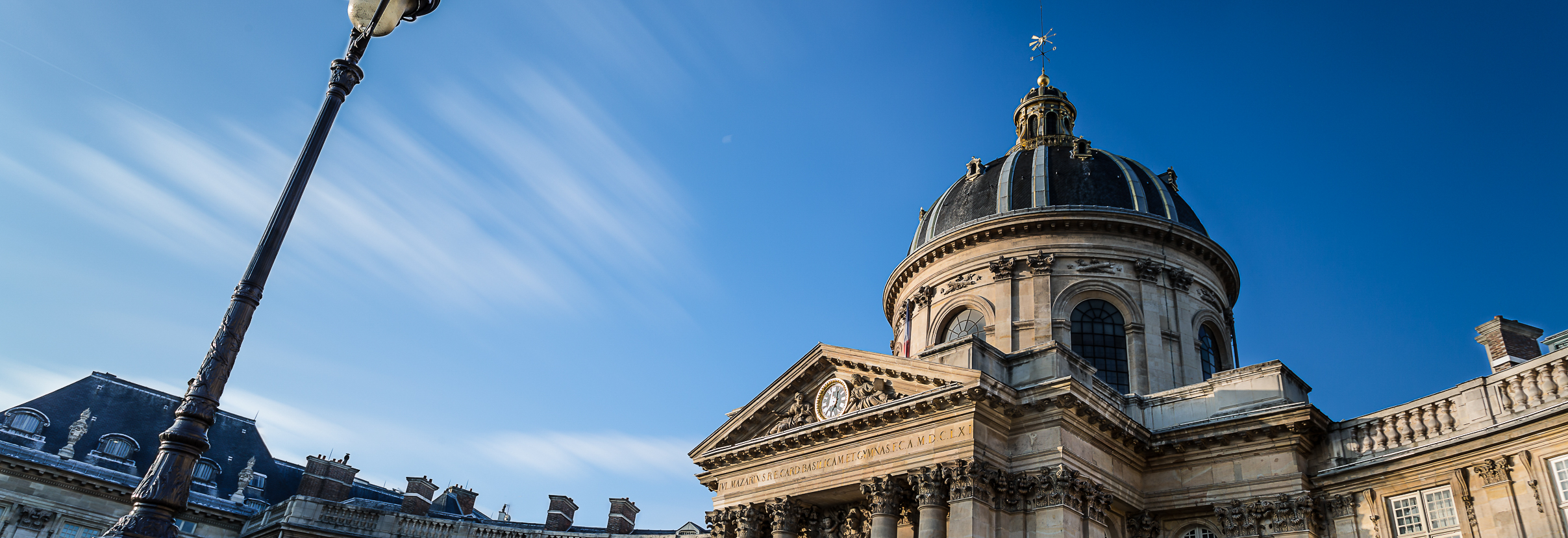Under Roman rule, it would appear that a small part of the city lay to the east of today’s 6th arrondissement. When the population took refuge on the walled Ile de la Cité, the city was replaced by vineyards and quarries. In 543, Childebert, son of Clovis, prompted by the conversion of his dynasty to Christianity, founded a basilica under the dual protection of Saint Vincent and the Holy Cross, now the Abbey of Saint-Germain-des-Prés. In the 12th century, Philippe Auguste’s enclosure demarcated Paris, including the northeast quarter of today’s arrondissement.
The completion of the Pont-Neuf in the 17th century linked the two banks of the Seine. Marie de Médicis commissioned the architect Salomon de Brosse to design the Palais du Luxembourg. Another prestigious monument in the arrondissement is the church of Saint-Sulpice. Considered too small, it was decided to rebuild it to rival Notre-Dame Cathedral. In the mid-19th century, Prefect Haussmann modified the Saint-Germain-des-Prés area, creating the great Parisian crossroads between Boulevard Saint-Germain and Boulevard Saint-Michel. Rue de Rennes was intended to facilitate passage between Gare Montparnasse on the Paris 15 side and Gare de l’Est.

 Choose an arrondissement
Choose an arrondissement









